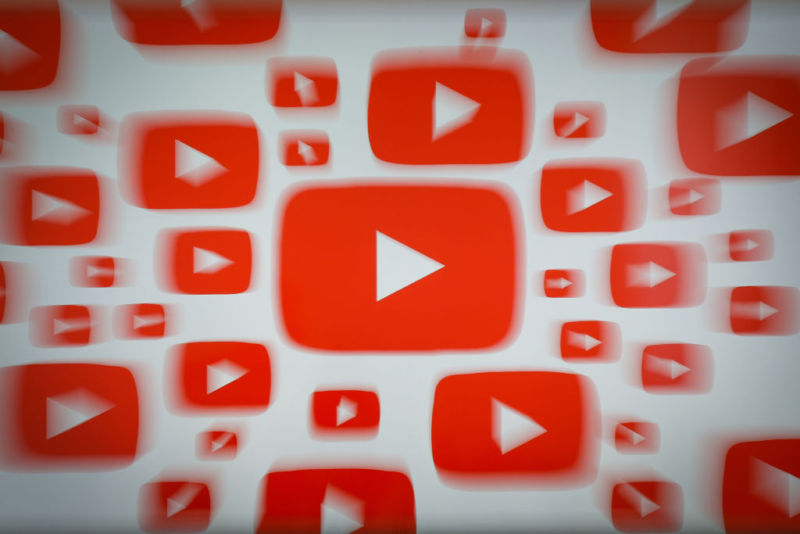
Pranks and challenges have always been popular on YouTube, but now the Google-owned company has set stricter guidelines for such content. A new YouTube support page details the company's updated policy surrounding "harmful and dangerous" content to explicitly ban pranks and challenges that cause immediate or lasting physical or emotional harm.
"YouTube is home to many beloved viral challenges and pranks, like Jimmy Kimmel’s Terrible Christmas Presents prank or the water bottle flip challenge," the FAQ post says. "That said, we’ve always had policies to make sure what’s funny doesn’t cross the line into also being harmful or dangerous."
The updated policies page now highlights three specific types of videos that are prohibited:
- Challenges that encourage acts that have an inherent risk of severe physical harm
- Pranks that make victims believe they’re in physical danger
- Pranks that cause emotional distress to children
These are included with content like "instructional bomb making" and "hard drug use" as content that encourages or promotes dangerous and/or illegal activity. As with most YouTube policies, the examples given are not an exhaustive list, meaning that YouTube's moderators will decide what is considered a harmful or dangerous prank when they review individual videos.
Channels that produce prank and challenge videos have two months to "review and clean up" any content that might violate these new policies. After that period, any videos that were posted before these new rules came into effect will be removed, but channels will not receive a strike. Going forward, YouTube will treat offending videos as it would any other video in violation of its Community Guidelines—multiple offenses in a short period of time can result in a channel's ban.
Driving while blindfolded and ingesting detergent
YouTube is likely acting now in part due to the popularity of the "Bird Box challenge," which dares people to wear blindfolds and navigate the world similarly to how Sandra Bullock and others do in the new Netflix movie. Numerous adults (and children) have been hurt trying to complete the challenge—one teenager in Salt Lake City, Utah, even crashed her car while reportedly attempting to drive while covering her eyes.
Prank channels were some of the most popular on YouTube a few years ago, and some continue to be popular today. Popular creators like Jake and Logan Paul often ride on the latest trends, creating one-off prank or challenge videos that get millions of views. The Bird Box challenge is just one of many potentially dangerous stunts creators attempt for views. Last year, YouTube pulled many "Tide Pod challenge" videos after adults and children filmed themselves eating the tiny detergent-filled sacks.
Prank and challenge videos have the potential to harm children and young viewers the most. Some professional pranksters are known to fake their stunts, but they've done well enough that young viewers don't understand that what they're watching isn't real. These revised guidelines are YouTube's way of telling these creators that this content isn't welcome and they risk being banned if they don't clean up their content.
In addition to the new rules surrounding pranks and challenges, YouTube updated its custom thumbnail and external links rules. Creators can no longer promote their videos with custom thumbnails that contain prohibited content such as pornography or graphic violence. Creators also cannot include external links that drive viewers to content that violates YouTube guidelines, such as pornography, malware, and spam.
reader comments
164